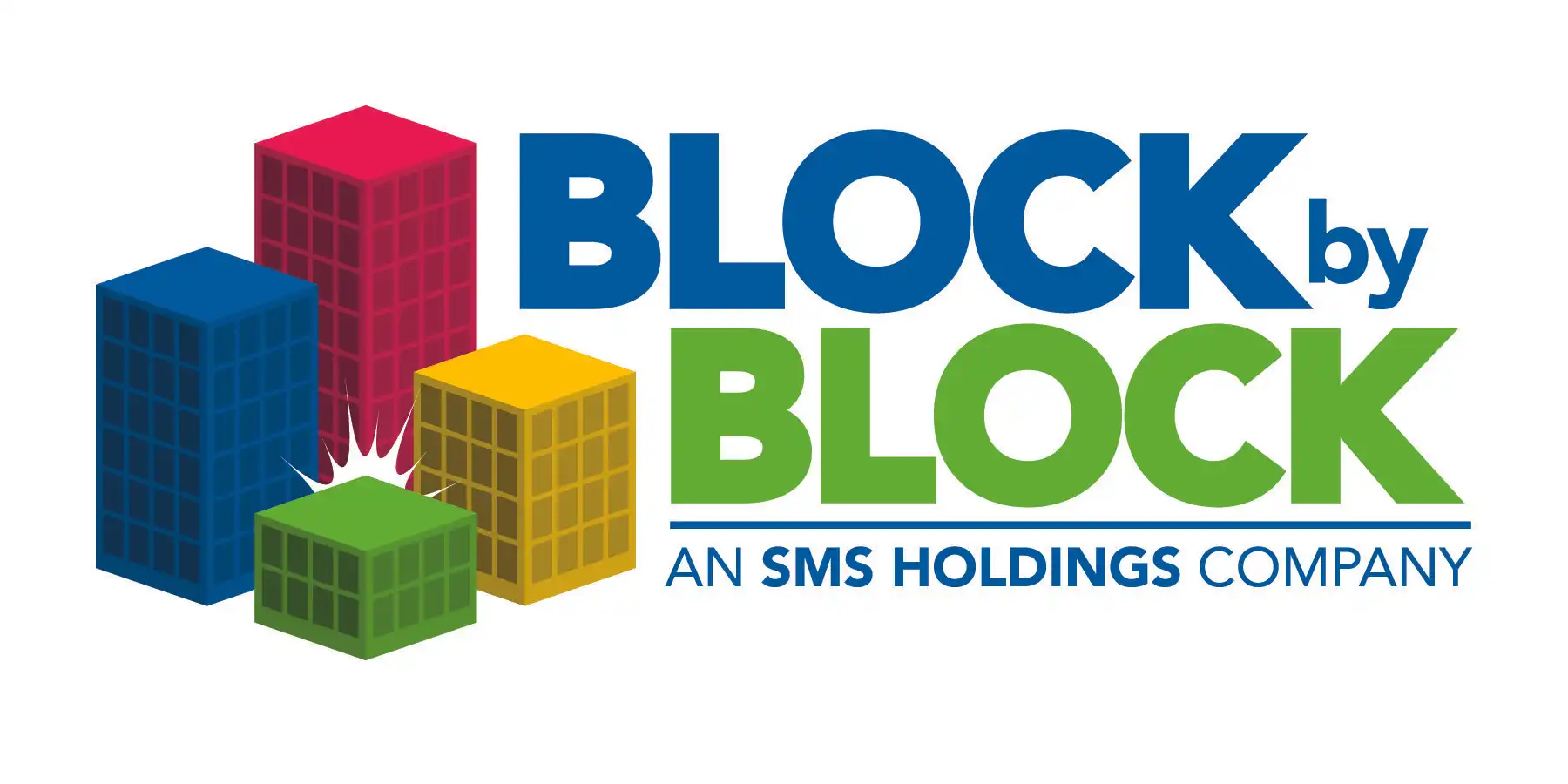High School Students Awarded Time at Mauna Kea Observatories
Three Kalani High School students were awarded time to use two Mauna Kea observatories as a part of the Mauna Kea Scholars program.
The students will conduct sophisticated astronomical research using some of the world’s most powerful telescopes.

From left: David Higashi, Jordaynelexi Drasal and Spencer Young will be rewarded with time at two Mauna Kea observatories. Photo Courtesy.
The program is an innovative partnership between the Mauna Kea Observatories and the Hawai‘i State Department of Education.
“These students have taken a huge leap, taking on the biggest questions about the universe and designing their own educational pathways,” said Bryan Silver, Kalani High School teacher. “Nowhere else in the world can students experience this type of hands-on learning. These observatories, and this program, is a resource Hawaii’s students are fortunate to have access to.”
Working alongside Institute for Astronomy graduate student mentors at the University of Hawai‘i, the students developed professional-style research proposals for the review and selection of the Mauna Kea Scholars time allocation committee.
The committee selected the three winning proposals:
• Spencer Young was awarded two hours of observing time with the East Asian Observatory using the James Clerk Maxwell Telescope (JCMT) POL-2 instruments for his research proposal, “Star forming regions and how they retain their shapes.”
• David Higashi was awarded one hour of observing time with Canada-France-Hawaii Telescope using the instrument ESPaDOnS for his research proposal, “The Creation of the Moon.”
• Jordaynelexi Drasal was awarded 30 minutes of observing time with CFHT using the instrument Megacam for her research proposal, “Globular Star Clusters.”
“We’re grateful for the opportunity to open our doors to these incredible students,” said Mary Beth Laychak, CFHT outreach program manager. “The Mauna Kea Scholars program is a spark of inspiration for the physicists, engineers, chemists and explorers of tomorrow. We want to help students gain a competitive advantage not just for college, but heading into the science workforce as well.”
Kalani High School is the first of five schools state-wide to be allotted time at a Mauna Kea observatory this school year, to be followed by Kapolei and Nanakuli High Schools on O‘ahu and Honoka‘a and Waiakea on Hawai‘i Island in early 2017.
In the spring, the students will have the opportunity to tour the facilities at the science reserve atop Mauna Kea for a close-up look at the science and technology astronomers work with every day.
Students will then head to their respective telescopes during a night watching data stream live from the summit to computer systems at the observatory’s base facilities.
Maunakea Scholars is the first program of its kind internationally to allocate observing time at major observatories for the direct educational advancement of students.







